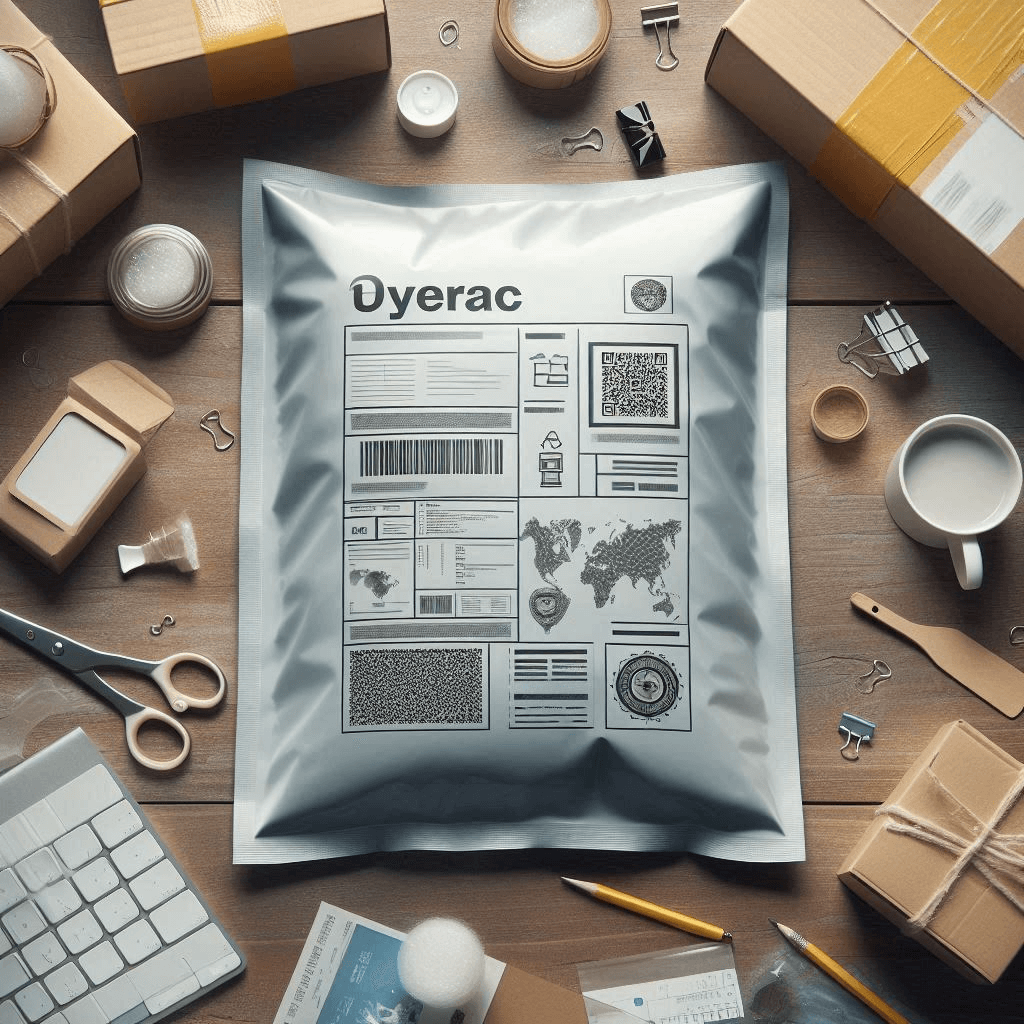
Select the right poly mailer size for cost-efficient shipping. Ensure a snug fit with 2.5 cm space, consider fragility, and use custom prints for branding.
Choosing the right poly mailer size for your products is crucial for safe shipping and cost-effectiveness. The ideal poly mailer should snugly fit your item with minimal excess space, typically allowing for about 2.5 cm of extra room on each side. This ensures your product doesn’t shift during transit while keeping shipping costs down.
When selecting poly mailers, consider the dimensions and fragility of your items. For small products like jewelry or phone cases, 15 cm x 23 cm mailers often suffice. Larger items such as clothing or books may require sizes ranging from 25 cm x 33 cm to 30 cm x 39 cm. Remember that thickness matters too; fragile items benefit from sturdier, multi-layered options.
For businesses looking to improve their brand image, custom print poly mailers offer a unique opportunity. These personalized mailers not only protect your products but also serve as a marketing tool, creating a memorable unboxing experience for customers.
Key Takeaways
- Choose poly mailers slightly larger than your product for a snug fit
- Consider product dimensions, fragility, and shipping costs when selecting sizes
- Custom printed poly mailers can enhance brand visibility and customer experience
Understanding Poly Mailer Sizes and Options
Selecting the right poly mailer size is crucial for protecting products during shipping and optimizing costs. Poly mailers come in various dimensions and styles to accommodate different items.
Significance of Correct Sizing for Poly Mailers
Proper sizing ensures products fit snugly, minimizing movement and preventing damage. A well-fitted poly mailer also reduces shipping costs by avoiding unnecessary dimensions.
When choosing a size, measure the item’s length, width, and height. Add a few centimetres for padding. Aim for a snug fit without excess space.
Oversized mailers can lead to higher shipping fees and potential product damage. Undersized mailers risk tearing or not sealing properly.
Types of Poly Mailers and Their Uses
Poly mailers come in several varieties to suit different products:
- Standard poly mailers: Ideal for clothing, soft goods, and non-fragile items
- Bubble mailers: Offer extra protection for electronics and breakables
- Padded mailers: Suitable for books, jewellery, and small electronics
Custom poly mailers allow businesses to tailor sizes to specific products. This can improve packaging efficiency and brand image.
High-quality poly mailers provide better durability and weather resistance. They’re essential for valuable or sensitive items.
Dimensional Weight Considerations
Dimensional (DIM) weight affects shipping costs, especially for larger, lightweight packages. Carriers calculate fees based on package size or actual weight, whichever is greater.
To minimize DIM weight charges:
- Choose the smallest suitable poly mailer size
- Use flexible mailers that conform to the product shape
- Avoid excess packaging material
Understanding DIM weight can lead to significant cost savings, particularly for e-commerce businesses shipping in high volumes.
Regularly review shipping data to identify opportunities for size optimization and cost reduction.
Strategies for Cost-Effective and Secure Shipping
Effective shipping strategies balance cost, security, and presentation. Optimizing packaging choices and adopting sustainable practices can significantly impact a business’s bottom line and customer satisfaction.
Balancing Packaging Material and Shipping Costs
Selecting the right poly mailer size is crucial for cost-effective shipping. Avoid oversized mailers, as they increase shipping costs and risk product damage. Choose snug-fitting mailers with just enough wiggle room for closure.
Consider the weight of packaging materials. Lightweight poly mailers often result in lower shipping fees compared to boxes. For fragile items, weigh the cost of added protection against potential replacement expenses.
Bulk purchasing of poly mailers can lead to substantial savings. Many suppliers offer discounts on larger orders. Store mailers properly to prevent damage and waste.
Achieving a Professional Presentation
Professional packaging enhances brand image and customer experience. Use high-quality poly mailers that resist tears and punctures. Consider custom-printed mailers with your logo and branding for a polished look.
Include clear shipping labels and consider adding a thank-you note or promotional insert. These small touches can leave a lasting impression without significantly increasing costs.
Ensure proper sealing to maintain the integrity of the package during transit. A well-sealed mailer protects contents and presents a neat appearance upon arrival.
Sustainable Practices in Poly Mailer Usage
Embrace eco-friendly shipping practices to appeal to environmentally conscious consumers. Choose recyclable or biodegradable poly mailers when possible. Some manufacturers offer mailers made from recycled materials.
Encourage customers to reuse or recycle packaging. Include clear instructions on how to properly dispose of or repurpose the mailer.
Consider implementing a packaging return program for local customers. This can reduce waste and potentially lower long-term packaging costs.
Optimize order fulfillment to reduce the need for multiple shipments. Combining orders when feasible can decrease overall packaging material usage and shipping costs.
Conclusion
Selecting the right poly mailer size is crucial for protecting products during shipping and presenting a professional image. Properly sized mailers prevent damage from movement while optimizing costs. Businesses should measure items carefully, consider padding needs, and allow a small amount of extra space when choosing mailer dimensions. With the right poly mailer sizes, companies can ensure safe delivery and customer satisfaction.
Was this news helpful?






 Yes, great stuff!
Yes, great stuff! I’m not sure
I’m not sure No, doesn’t relate
No, doesn’t relate



